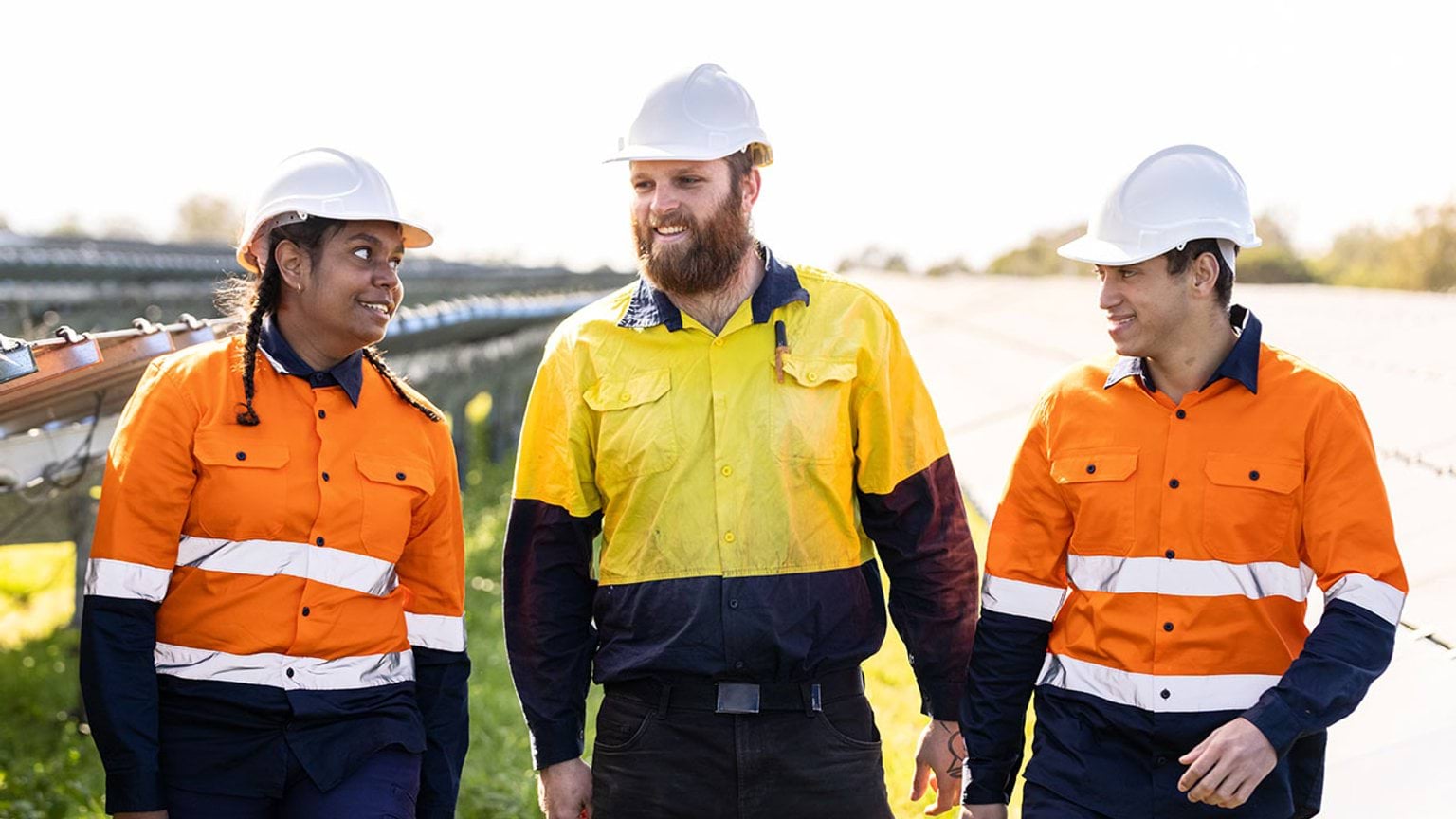Agricultural machinery operators use and maintain machines for agricultural work. Technology continues to change agriculture. Upskilled workers, especially machinery operators, are in demand.
Find out what an agricultural machinery operator does and the related Vocational Education and Training (VET) courses and pathways you can take to secure a job.
What is an agricultural machinery operator?
As an agricultural machinery operator, you will use machines to plough land, and to sow, fertilise, cultivate and harvest crops. You will need to have a sound understanding of the machines, how they work and how to use them. You may also need to service the machines and perform minor repairs.
Find out more about these agricultural machinery operator jobs on the Victorian Skills Gateway(opens in a new window):
- agricultural and horticultural mobile plant operator(opens in a new window)
- bulldozer operator(opens in a new window)
- earthmoving plant operator(opens in a new window)
- excavator operator(opens in a new window)
- loader operator(opens in a new window).
Related training courses
Explore these related TAFE and training courses on the Victorian Skills Gateway(opens in a new window):
- rural machinery operator courses(opens in a new window)
- civil construction(opens in a new window)
- rural operations(opens in a new window).
You may be eligible for government funding to help pay for your course.
Median salary
The median weekly earnings for agricultural, forestry and horticultural plant operators in Australia is $1,504.
Source: Jobs and Skills Australia(opens in a new window)
Note that this salary is current as of January 2025 and is indicative only. A range of salaries apply to different roles across the industry.
Job demand in Victoria
Below are the employment projections for agricultural, forestry and horticultural plant operator and earthmoving plant operator jobs in Victoria. Figures show the number of workers in 2024 and the new workers expected to enter the workforce by 2027 and 2034.
‘New workers expected’ accounts for workers adding new jobs to the economy and replacing retirees over the next 3 and 10 years. These projections are estimates only. There will be additional jobs available as people move between jobs and industries.
Resources to plan your next steps
Visit our agriculture, horticulture and agribusiness industry profile to find out about:
- what it’s like to work in agriculture, horticulture and agribusiness, and some of the jobs you could do
- training and skills to work in the industry, and financial assistance to help pay for your course
- help getting a job in agriculture, horticulture and agribusiness, and industry job projections for Victoria
- other free resources and advice to plan your training and career.
Explore growing industries in your region
Updated



